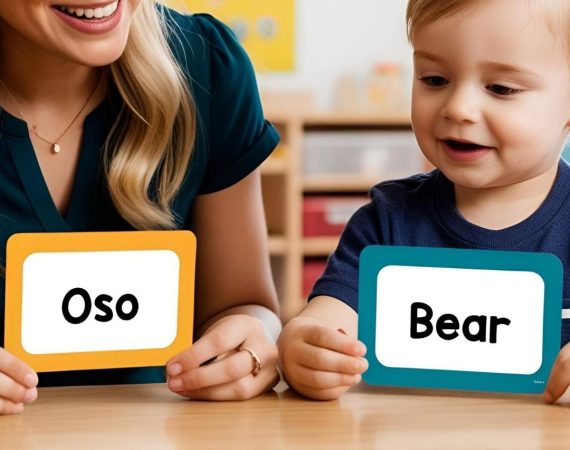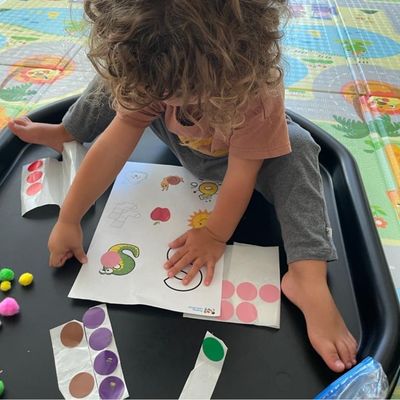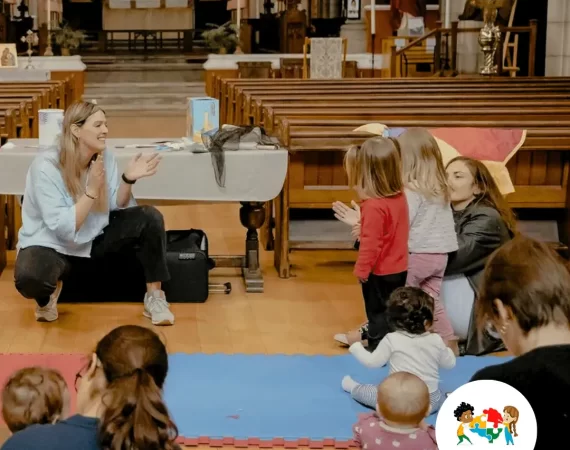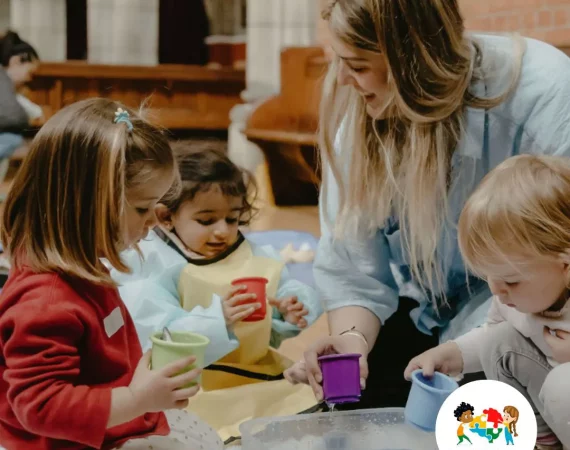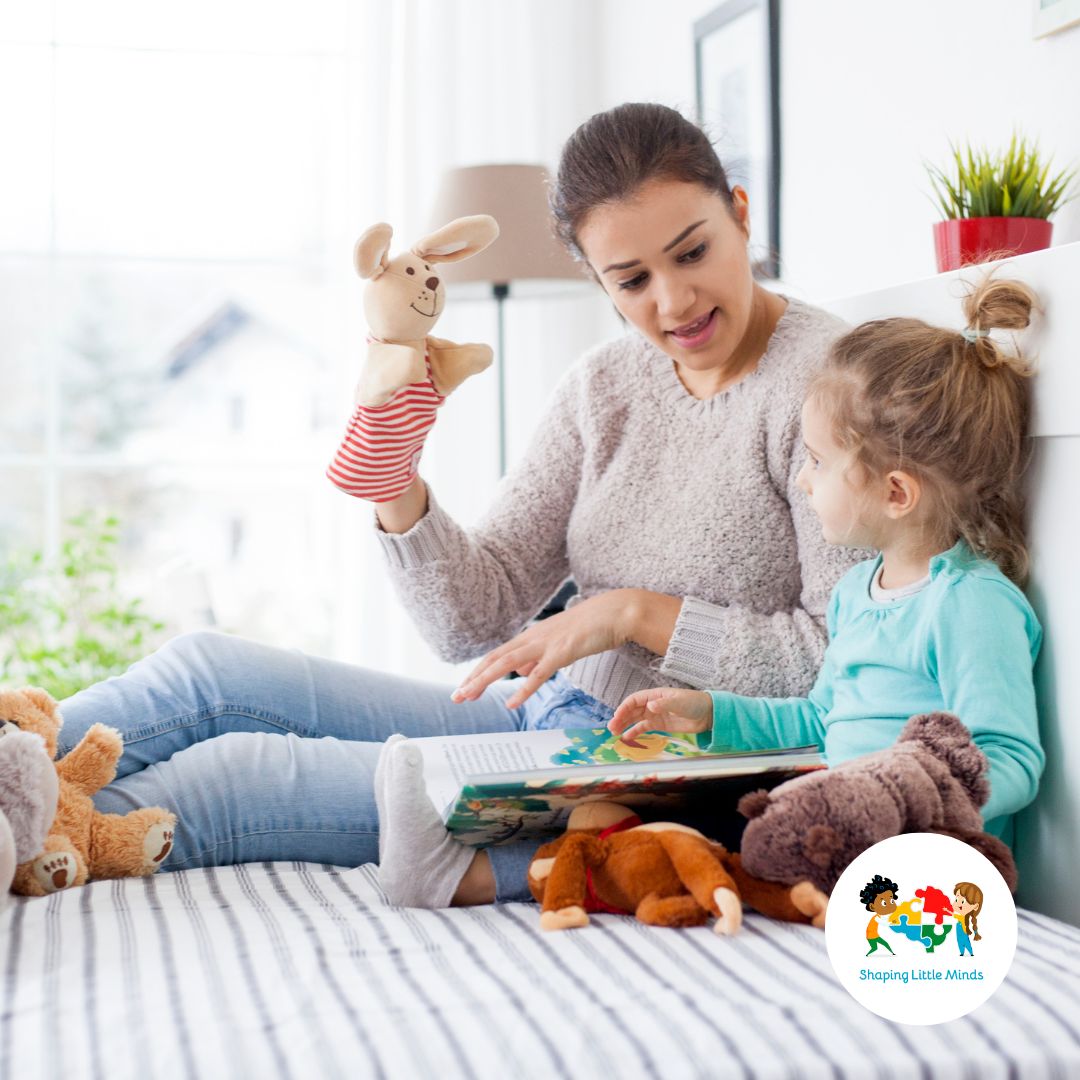Introduction:
Bringing stories to life is a delightful way to capture your child’s imagination and foster a lifelong love for books. It involves transforming ordinary reading sessions into immersive experiences that transport children into the enchanting world of their favorite stories. In this blog, we will explore the benefits of bringing stories to life, provide practical tips for doing it at home, and offer simple yet exciting ideas using everyday household items.
Benefits of Bringing Stories to Life:
- Ignites Imagination: Actively engaging with stories encourages children to think creatively, visualize scenes, and explore new ideas.
- Enhances Language Development: By participating in storytelling, children improve vocabulary, speech, and comprehension skills.
- Encourages Active Engagement: Bringing stories to life keeps children actively involved, promoting focused listening and concentration.
- Fosters Empathy and Emotional Intelligence: Stepping into the shoes of story characters allows children to understand different perspectives and develop empathy.
- Cultivates a Love for Reading: Immersive storytelling experiences create a deep connection with books, nurturing a lifelong passion for reading.
How to Bring Stories to Life at Home:
- Create a Cozy Reading Nook: Set up a comfortable reading corner with cushions, blankets, and fairy lights to make storytime special.
- Use Props and Costumes: Simple props and costumes made from items around the house can help children embody characters and enhance the experience.
- Act Out the Story: Encourage children to act out scenes, use different voices for characters, and engage in imaginative play.
- Extend the Story: Extend the story beyond the book by creating related crafts, cooking themed snacks, or going on nature walks to connect with the story’s theme.
Ideas for Bringing Popular Children’s Stories to Life:
- “The Very Hungry Caterpillar” by Eric Carle: Create a sensory exploration activity by using fruits and snacks with different textures, or make a caterpillar craft using colored paper and pom-poms.
- “Where the Wild Things Are” by Maurice Sendak: Build a fort in the living room using blankets and chairs, then let your child’s imagination roam wild as they pretend to be the king or queen of their own wild world.
- “The Three Little Pigs”: Use building blocks, cardboard, or even pillows and blankets to construct houses for the pigs, and engage in role play to act out the story.
Conclusion:
Bringing stories to life is a joyous way to make reading come alive for children. With a little creativity and everyday household items, you can create magical storytelling experiences that ignite their imaginations and cultivate a love for books. So, embark on exciting adventures with your child’s favorite stories and watch their imaginations soar!


